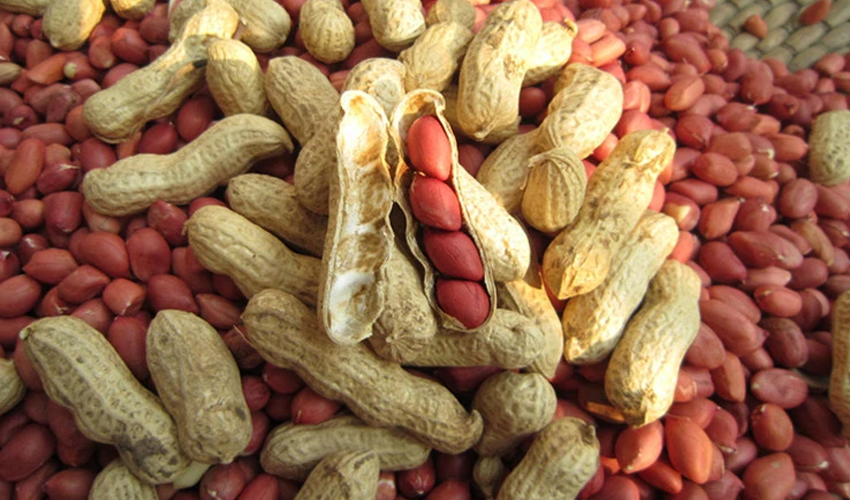As winter approaches, the joy of munching on roasted peanuts while nestled under blankets may come with a higher price tag this year. This beloved snack, often taken for granted in bustling cities, is under threat due to increased production costs and unfavorable climate conditions in key growing regions.
Peanuts, also known as groundnuts, have quietly emerged as a lucrative cash crop, with profit margins rivaling or surpassing those of more well-known crops such as sugarcane, potatoes, or corn.
In rainfed regions of Pothohar and beyond, peanuts have become an agricultural powerhouse, offering substantial returns to farmers. The global peanut market, currently valued at nearly $87 billion, is projected to reach $107 billion by 2030.
Global peanut dynamics
China, India, Nigeria, the United States, Indonesia, Argentina, Senegal, and Brazil are at the forefront of global peanut production, with China leading the pack. Notably, China and India dominate both consumption and exports, accounting for over 36 percent of global peanut demand.
The rise in export opportunities in Southeast Asia and Europe, coupled with the growing preference for ready-to-eat nut-based snacks and increasing demand for peanut oil in medicinal and personal care products, are expected to drive the peanut market's growth.
Sustainable crop with potential
One of the peanut's remarkable attributes is its ability to fix atmospheric nitrogen through root nodules, reducing the need for external nitrogen fertilizers.
Additionally, its deep roots require far less water compared to more intensive crops like sugarcane, corn, and rice, making it an environmentally friendly choice.
Pakistan's peanut landscape
In Pakistan, peanut production reached 144,000 tons in 2021-22, covering an area of 0.37 million acres. This represents a remarkable 68 percent growth in the past five years, primarily driven by an increase in cultivated land and farmers transitioning to high-return crops amid challenging economic conditions. Punjab dominates national production, accounting for nearly 95 percent, followed by 4 percent from Khyber Pakhtunkhwa and 1 percent from Sindh.
In Punjab, the majority of production is concentrated in eight districts of Rawalpindi and Sargodha divisions, benefiting from rainfed conditions and limited irrigation resources. However, this year's crop production is at risk due to rising temperatures and evolving rainfall patterns.
Pakistan faces an $8 billion food import bill, with approximately half of that amount, nearly $4.5 billion, spent on importing edible oils. While policymakers have long encouraged farmers to cultivate canola and other Rabi oilseed crops through subsidies and incentives, these efforts often clash with the wheat support system.
In contrast, peanuts offer a familiar crop that farmers have been growing for decades, requiring only the right motivation and regulatory support to potentially reduce Pakistan's reliance on edible oil imports. This move could not only save valuable foreign exchange but also contribute to national development efforts.
As winter approaches, the future of the humble peanut is at a crossroads, influenced by both economic factors and climate uncertainties. Whether the nation's favorite winter snack will remain affordable or face price hikes remains to be seen, but the potential for peanuts to play a more significant role in Pakistan's agricultural landscape is undeniable.



























